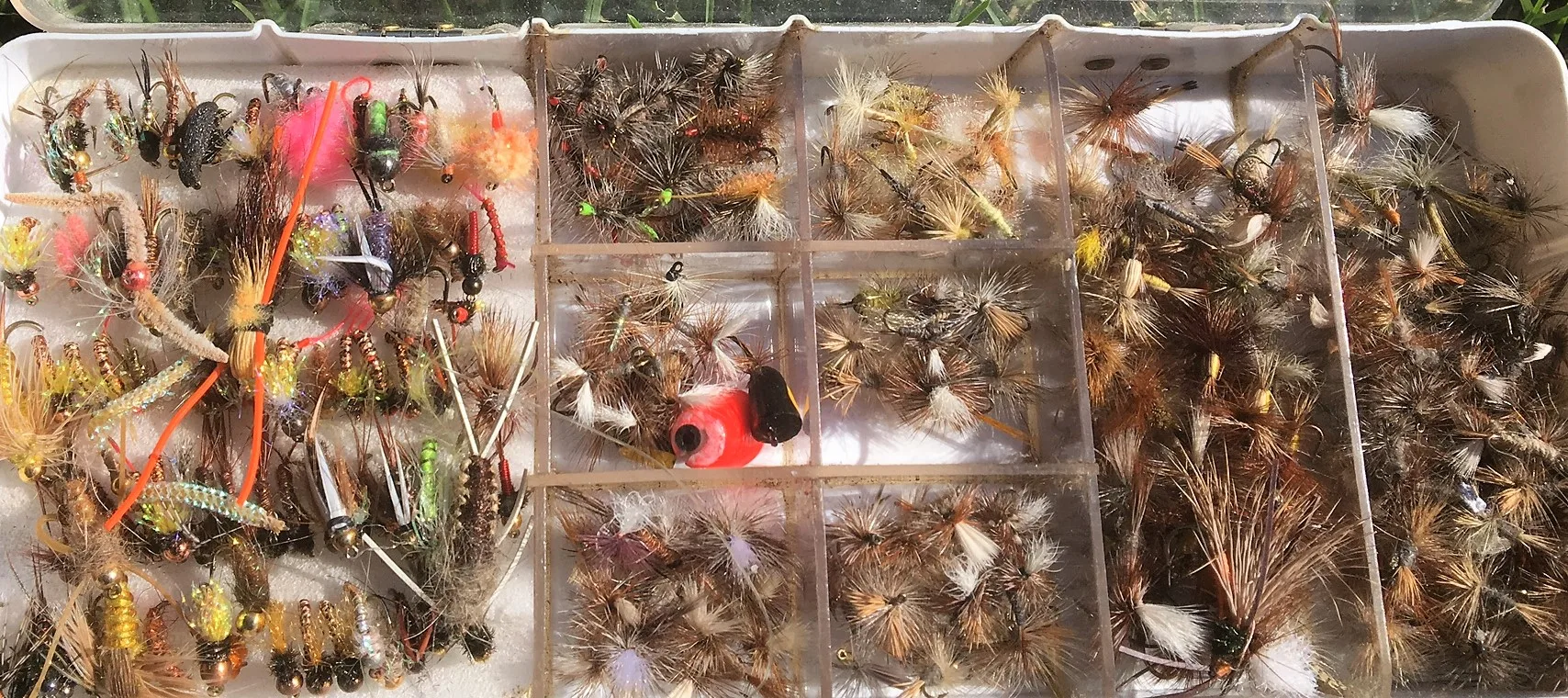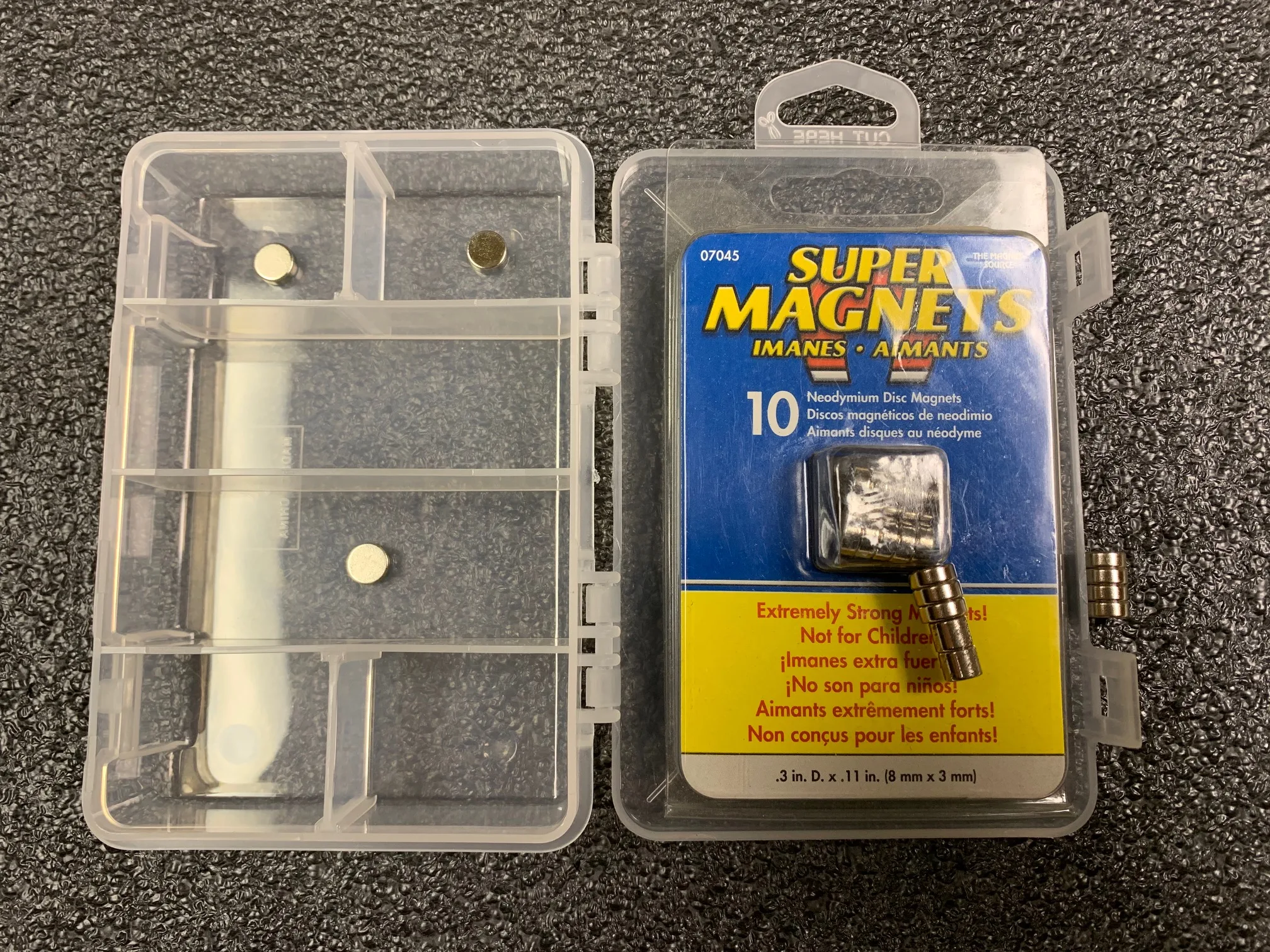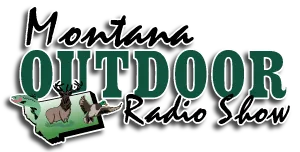Fly tiers need to stock up their fly boxes now! Winter is the perfect time to load up on your “Go to Flies”. You do not want to run out in the middle of your fishing trip, hatch, or casts.

Everyone has “Go To” patterns that they routinely fly fish with. It may be a streamer, nymph, or dry fly. It’s the one that you have confidence in. These are the flies that you normally catch fish on consistently.
We often search for new fly patterns, but don’t forget your “Old Reliables”. Now is when you need to assess what you need and get your arsenal of flies ready to go.
Inspect all your fly boxes. Are they cracked, bent, damaged? Do the hinges work? Do you need a flatter, smaller, or larger box, or two?
Inspect the flies Look for rusted or broken hooks. Flies may be torn up or damaged. Repair them as needed.
Check for tippet. Inspect your hooks for any tippet/knots attached to the hook eyes. Trim off.
Organize Place the like patterns together. Match up your sizes and colors.
Sharpen your hooks While you are inspecting your flies, use a hook sharpener to each hook point.
Magnets Add/glue a small magnet into the bottom of each fly compartment. This will keep the flies from blowing away.
Name Labels Attach a mailing label inside the fly box lid. If you lose the box, it may be returned.
My most used patterns are similar every season. These patterns see the most action. Some end up being given to friends and guide folks. Others get lost in fish, snags, grass, or trees. Other flies just get lost.
Here are the flies that I tie now! These flies are simple to tie and tune up my tying skills for newer flies later in the season.
Elk Hair Caddis This go to fly will catch fish in every state. There are some color and size variations. Normally I tie this Caddis in sizes 10-18. The colors are tan, black, and brown. If you fish Yellowstone Park, tie a few with a yellow/golden body. The X Caddis, with no palmered hackles, floats lower, and looks more natural.
Adams Dry Fly This dry fly works during most hatches. I tie a standard hackle version and a parachute style in tan, gray, and brown. 10-20 sizes will do the trick. My posts are tied, using crystal flash material.
Brown Rubber Legs Nymph This classic nymph is a great locator fly. It has been around as long as a Wooly Worm and is tied on long shanked, nymph hooks in sizes from 6-14. I use brown and tan chenille for the tie.
Wooly Buggers This easy to tie fly is perfect for beginners. It can be fished as a streamer, nymph, or works for ice fishing too. Black is my go-to color. I mix in a few spiraled flashy fibers to get attention of the fish and help me see them on the water. A bead adds weight and makes the fly shine.
Meat Flies These flies are the San Juan Worm, egg patterns, and just flashy trashy fish catching flies. I use these for beginners. Once you become a better fly angler, use more natural patterns. They work even better.
If you do not know how to tie any of these flies, go to YouTube videos for hundreds of instructional shows. Tie just one pattern at a time. Lay out what materials that you need to tie a minimum of 12 flies. Clear the bench of everything else. Each tie will get a little better.
Tie flies for gifts! Reward your angling buddies with a box of your favorite flies. Customize the box and share your Go To killers. Gifts will end up going both ways. Box up your older flies for gifts to kids and folks that are just getting into the sport.
No One should die with full boxes of flies, unused ammunition, or arsenals or unused gear. Wear out your gear, share with others, and reward yourself with more time on the water or afield.
Your only regret should be that you didn’t fish or hunt more.
Montana Grant





